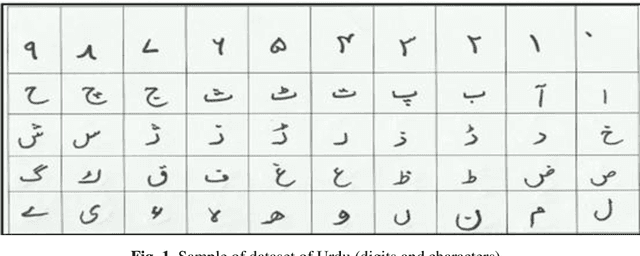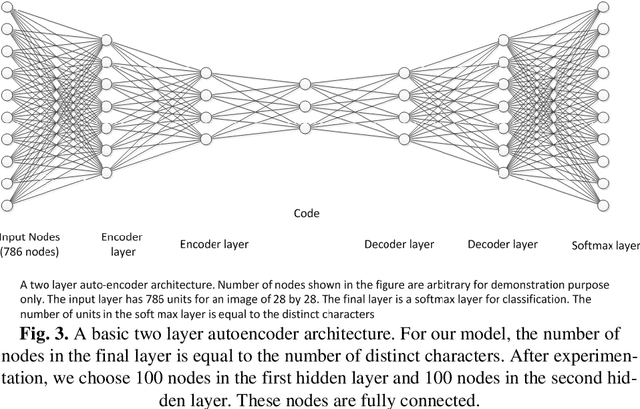Ahsan Ullah
Enhancing Network Security: A Hybrid Approach for Detection and Mitigation of Distributed Denial-of-Service Attacks Using Machine Learning
Mar 07, 2025Abstract:The distributed denial-of-service (DDoS) attack stands out as a highly formidable cyber threat, representing an advanced form of the denial-of-service (DoS) attack. A DDoS attack involves multiple computers working together to overwhelm a system, making it unavailable. On the other hand, a DoS attack is a one-on-one attempt to make a system or website inaccessible. Thus, it is crucial to construct an effective model for identifying various DDoS incidents. Although extensive research has focused on binary detection models for DDoS identification, they face challenges to adapt evolving threats, necessitating frequent updates. Whereas multiclass detection models offer a comprehensive defense against diverse DDoS attacks, ensuring adaptability in the ever-changing cyber threat landscape. In this paper, we propose a Hybrid Model to strengthen network security by combining the featureextraction abilities of 1D Convolutional Neural Networks (CNNs) with the classification skills of Random Forest (RF) and Multi-layer Perceptron (MLP) classifiers. Using the CIC-DDoS2019 dataset, we perform multiclass classification of various DDoS attacks and conduct a comparative analysis of evaluation metrics for RF, MLP, and our proposed Hybrid Model. After analyzing the results, we draw meaningful conclusions and confirm the superiority of our Hybrid Model by performing thorough cross-validation. Additionally, we integrate our machine learning model with Snort, which provides a robust and adaptive solution for detecting and mitigating various DDoS attacks.
* Part of the book series: Communications in Computer and Information Science ((CCIS,volume 2091))
History of generative Artificial Intelligence (AI) chatbots: past, present, and future development
Feb 04, 2024Abstract:This research provides an in-depth comprehensive review of the progress of chatbot technology over time, from the initial basic systems relying on rules to today's advanced conversational bots powered by artificial intelligence. Spanning many decades, the paper explores the major milestones, innovations, and paradigm shifts that have driven the evolution of chatbots. Looking back at the very basic statistical model in 1906 via the early chatbots, such as ELIZA and ALICE in the 1960s and 1970s, the study traces key innovations leading to today's advanced conversational agents, such as ChatGPT and Google Bard. The study synthesizes insights from academic literature and industry sources to highlight crucial milestones, including the introduction of Turing tests, influential projects such as CALO, and recent transformer-based models. Tracing the path forward, the paper highlights how natural language processing and machine learning have been integrated into modern chatbots for more sophisticated capabilities. This chronological survey of the chatbot landscape provides a holistic reference to understand the technological and historical factors propelling conversational AI. By synthesizing learnings from this historical analysis, the research offers important context about the developmental trajectory of chatbots and their immense future potential across various field of application which could be the potential take ways for the respective research community and stakeholders.
Pioneer dataset and automatic recognition of Urdu handwritten characters using a deep autoencoder and convolutional neural network
Dec 17, 2019



Abstract:Automatic recognition of Urdu handwritten digits and characters, is a challenging task. It has applications in postal address reading, bank's cheque processing, and digitization and preservation of handwritten manuscripts from old ages. While there exists a significant work for automatic recognition of handwritten English characters and other major languages of the world, the work done for Urdu lan-guage is extremely insufficient. This paper has two goals. Firstly, we introduce a pioneer dataset for handwritten digits and characters of Urdu, containing samples from more than 900 individuals. Secondly, we report results for automatic recog-nition of handwritten digits and characters as achieved by using deep auto-encoder network and convolutional neural network. More specifically, we use a two-layer and a three-layer deep autoencoder network and convolutional neural network and evaluate the two frameworks in terms of recognition accuracy. The proposed framework of deep autoencoder can successfully recognize digits and characters with an accuracy of 97% for digits only, 81% for characters only and 82% for both digits and characters simultaneously. In comparison, the framework of convolutional neural network has accuracy of 96.7% for digits only, 86.5% for characters only and 82.7% for both digits and characters simultaneously. These frameworks can serve as baselines for future research on Urdu handwritten text.
 Add to Chrome
Add to Chrome Add to Firefox
Add to Firefox Add to Edge
Add to Edge